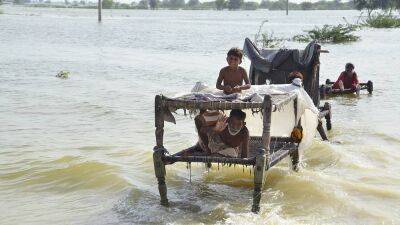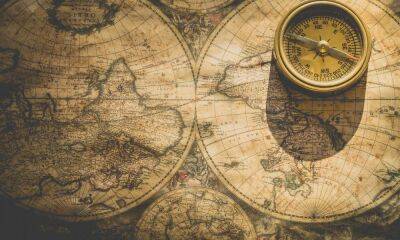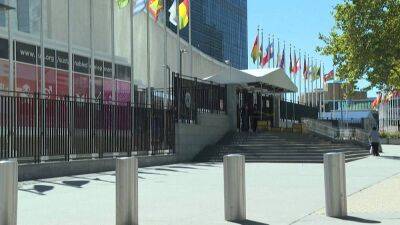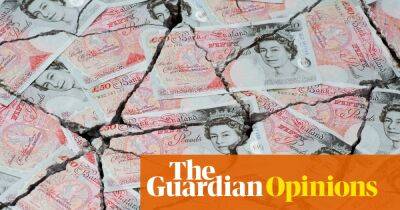Europe’s rivers run dry as scientists warn drought could be worst in 500 years
In places, the Loire can now be crossed on foot; France’s longest river has never flowed so slowly. The Rhine is fast becoming impassable to barge traffic. In Italy, the Po is 2 metres lower than normal, crippling crops. Serbia is dredging the Danube.
Across Europe, drought is reducing once-mighty rivers to trickles, with potentially dramatic consequences for industry, freight, energy and food production – just as supply shortages and price rises due to Russia’s invasion of Ukraine bite.
Driven by climate breakdown, an unusually dry winter and spring followed by record-breaking summer temperatures and repeated heatwaves have left Europe’s essential waterways under-replenished and, increasingly, overheated.
With no significant rainfall recorded for almost two months across western, central and southern Europe and none forecast in the near future, meteorologists say the drought could become the continent’s worst in more than 500 years.
“We haven’t analysed fully this year’s event because it is still ongoing,” said Andrea Toreti of the European Commission’s Joint Research Centre. “There were no other events in the past 500 [years] similar to the drought of 2018. But this year, I think, is worse.”
He said there was “a very high risk of dry conditions” continuing over the next three months, adding that without effective mitigation drought intensity and frequency would “increase dramatically over Europe, both in the north and in the south”.
Germany’s Federal Institute of Hydrology (BfG) said the level of the Rhine, whose waters are used for freight transport, irrigation, manufacturing, power generation and drinking, will continue dropping until at least the beginning of next week.
On Friday the water at the critical Kaub marker 50km
Read more on theguardian.com













![Charting a course for Solana [SOL] after its latest drawdown - ambcrypto.com](https://finance-news.co/storage/thumbs_400/img/2022/9/4/39519_kffm.jpg)

![Terra Classic [LUNC] investors may have some sleepless nights thanks to Binance - ambcrypto.com - city Santimenthowever](https://finance-news.co/storage/thumbs_400/img/2022/9/4/39517_nhn.jpg)

![Here’s why Bitcoin [BTC]’s September gains may be nothing more than a façade - ambcrypto.com](https://finance-news.co/storage/thumbs_400/img/2022/9/4/39515_1waj0.jpg)


![Shiba Inu [SHIB] may need more than the Metaverse to wake up from its slumber - ambcrypto.com - city Beijing - Japan - South Africa - city New Delhi - state Hawaii - Burma](https://finance-news.co/storage/thumbs_400/img/2022/9/4/39512_fdft7.jpg)

